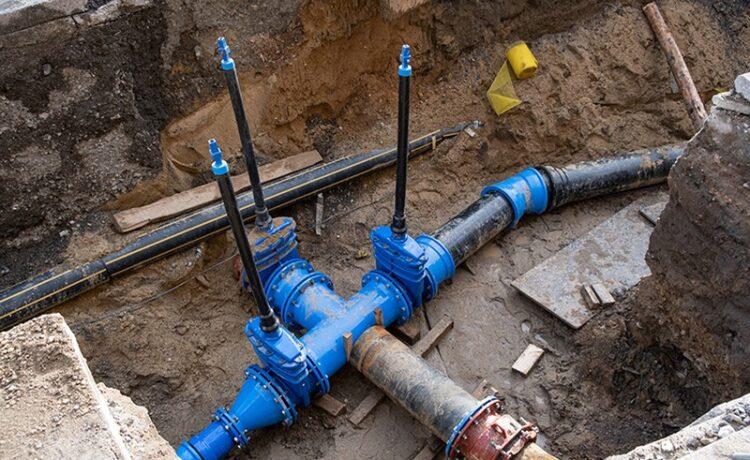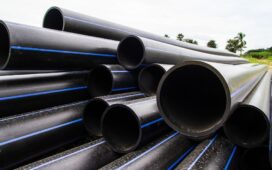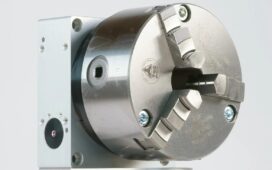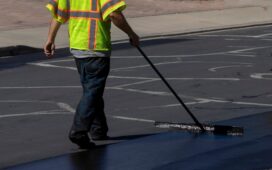As a homeowner, you want to keep your living space safe and healthy. This requires attention to areas often overlooked, like sewer lines. These vital channels carry wastewater away from your home but can cause big problems if damaged.
Issues like clogs or tree root invasion might lead to expensive fixes. Thankfully, regular maintenance and trenchless repairs offer solutions without digging up your yard. Here’s how understanding the importance of sewer line upkeep and opting for preventive measures can save you from headaches down the road.
Regular Maintenance is Key
To keep your sewer line in top shape, it’s vital to prioritize regular maintenance and adopt smart practices at home. Start by disposing of grease correctly; rather than pouring it down the sink, where it can harden and clog pipes, put it into a container for trash disposal. Never flush anything besides human waste and toilet paper because items like wipes or feminine products can lead to blockages.
Using strainers catches debris before they enter your system. Also remember to let water run through less used areas regularly to prevent build-up that disrupts flow. Regular leak checks are crucial; signs of moisture could hint at broader issues needing prompt attention.
Keep garbage disposals clear by running cold water during use and avoiding fibrous foods that cause problems below. Most importantly, having professionals inspect them —every two years is recommended—identifying hidden issues early on saves hassle later. If ever needed, trenchless sewer repair offers an efficient solution without major disruption.
Embrace Trenchless Repair Solutions
For homeowners, trenchless repair solutions are a game-changer. This no-dig method uses existing pipes to fix leaks, blockages, and root intrusions efficiently. Here’s how it works: After inspecting your sewer lines with cameras, technicians clean out any debris.
Next comes the key step—inserting a resin-soaked liner into the pipe. As this cures or hardens inside the old pipe, it forms a tough and seamless new lining. What stands out is its minimal environmental impact, as there’s no need for large-scale excavation on your property.
This approach isn’t just about immediate fixes; it’s designed for longevity, too! Expect these repairs to last over 50 years thanks to advanced materials used in both trenchless technology and pipeline innovation processes—a distinct edge over traditional methods, which often require digging up yards, causing more disturbance and cost. Opting for trenchless repair means choosing an effective long-term solution without sacrificing your landscape or wallet—an essential consideration when safeguarding one of the most crucial aspects of home maintenance.
Know Your Sewer Line Layout
Understanding your sewer line layout is crucial for preventing damage. Before starting any repair work, it’s essential to identify who owns the part of the sewer line that runs from your house to the street. This ownership can significantly vary by location.
For instance, in New York City, homeowners are responsible up to where their property connects with city sewers. However, neighboring Long Island has different rules depending on local jurisdictions. Blockages often occur due to four main causes: fats, oils, and grease (FOG); tree roots infiltrating pipes; damaged or misaligned pipes; and non-flushable items.
These blockages frequently start within household drainage systems before affecting exterior lines due to structural issues like dips or sags. To mitigate risks, try limiting FOG disposal into drains and avoid flushing inappropriate things. Regular checks help you catch potential problems early, ensuring a smooth-running sewage system.







